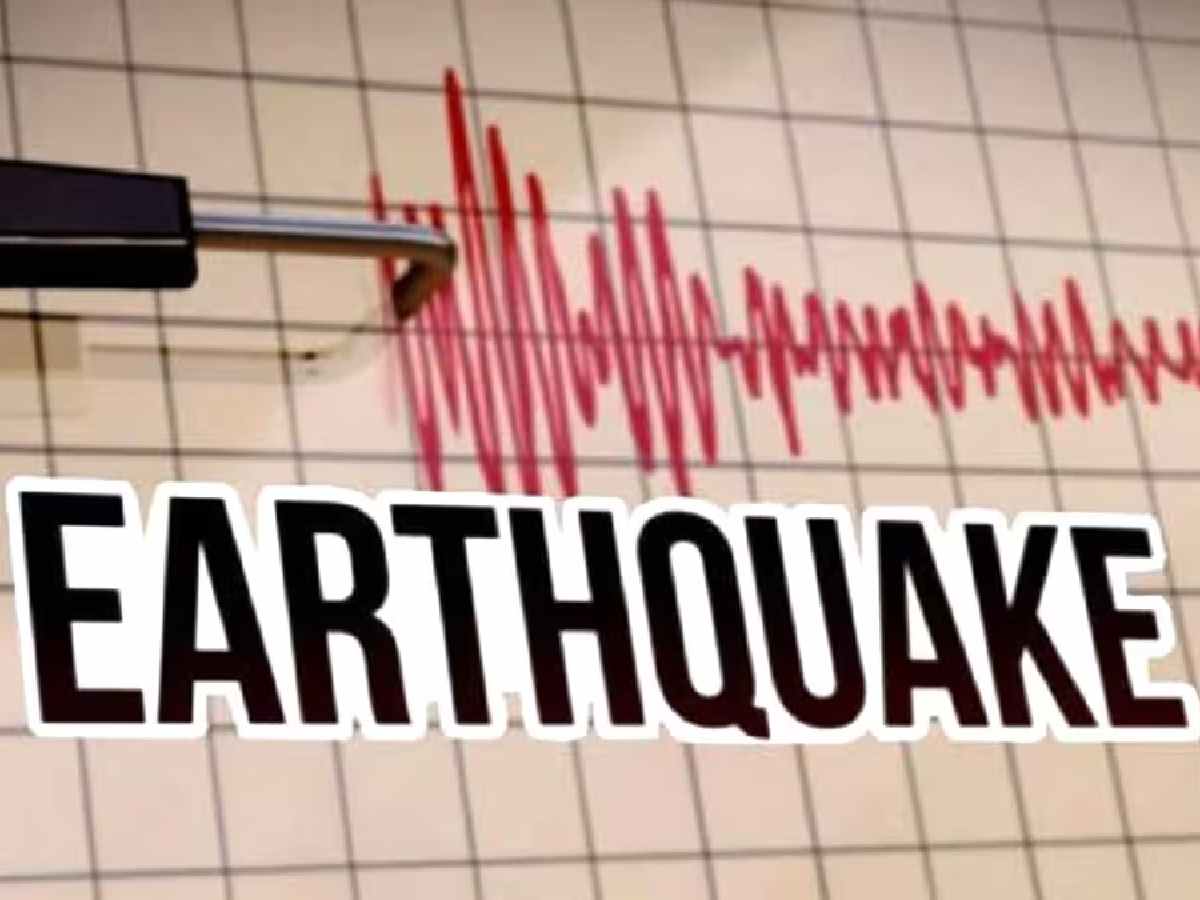
Delhi: The temblor that jolted the national capital early Monday was a result of naturally occurring variation in the geological features of the region and not due to plate tectonics, a senior scientist said.
The 4.0 magnitude earthquake had its epicentre at Jheel Park region near Dhaula Kuan and the shallow focal depth made citizens in nearby areas hear loud sounds as the earth shifted slightly this morning.
Delhi region in northern India experiences frequent tremors due to both far-field and near-field earthquakes from the Himalayan and local sources, respectively.
The Dhaula Kuan region had experienced a 4.6 magnitude earthquake in 2007. However, its impact was not as strongly felt as Monday’s temblor because it took place at a depth of 10 km, National Centre for Seismology Director O P Mishra said.
Delhi is placed in seismic zone IV in the seismic zoning map of India, the second highest in the country.
The national capital region is exposed to moderate to high risk seismic activity due to Himalayan earthquakes such as the 7.5 magnitude Garhwal Himalaya quake in 1803, 6.8 magnitude Uttarkashi earthquake in 1991, 6.6 magnitude Chamoli earthquake in 1999, 7.8 magnitude Gorkha earthquake in 2015 and a few moderate earthquakes from the Hindukush region.
Local earthquakes recorded in the region include 6.5 magnitude Delhi earthquake in 1720, 5 magnitude Mathura earthquake in 1842, 6.7 magnitude Bulandshahar earthquake in 1956 and 5.8 magnitude Moradabad earthquake in 1966.
Also Read: Earthquake hits Delhi, tremors felt across NCR
“The epicentre of Monday’s earthquake was at Jheel Park in Dhaula Kuan, it was a 4.0 magnitude earthquake. It was in the depth of 5 km, it is called shallow depth, hence people felt the effect,” Mishra said.
Earthquakes have happened earlier in the region and seismologically, it is not new region
“Earlier, there was a 4.6 magnitude earthquake in 6 km periphery, but it was deeper, with 10 km depth. There is a difference. It was not a plate tectonic earthquake, it was due to in-situ material heterogeneity, it was due to local effect,” Mishra said.
In-situ material heterogeneity means it occurred due to variation in geological features in the region.
Rival leagues trigger players’ suspensions and a legal battle in Indian golf, for now
Former Delhi CM Kejriwal criticises Centre, Delhi govt over worsening air pollution, alleges AQI manipulation
Delhi Police raids Nangloi unit producing fake engine oil, seizes over Rs 1 crore worth…
Mukesh Sharma reimagines digital components as living matter in his solo exhibition ‘Decoding Digital DNA’
Nine accused were arrested in coordinated raids as police uncovered organised networks supplying mule bank…
Nearly 1.57 lakh PUC challans issued in two months as Delhi steps up GRAP enforcement…